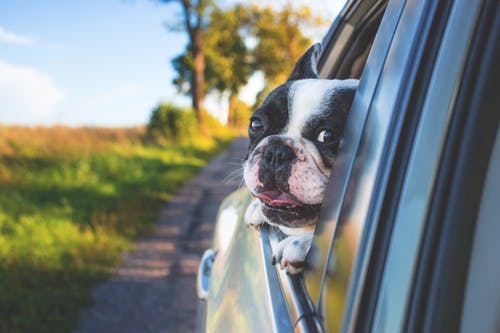Dog Surgeries: Examples and Post-op Care
Dog Surgeries: Examples and Post-op Care
Veterinary surgery is just one of the 22 veterinary specialties recognized in the United States, Canada, and Europe. Those desiring to become board-certified undergo a one-year clinical internship and three years of intensive training in a residency program. Under the surgical specialization are subspecialties that cater to different areas.
Common Surgical Procedures
Sterilization Surgery
The most common sterilization approaches for dogs are spaying (ovariohysterectomy) which takes out the ovaries and uterus of female dogs, and neutering (castration), which involves removing the dog’s testicles. The sterilization procedure is one of the most typical surgical procedures in a veterinary hospital.
Surgical Oncology
The surgical procedure remains the most frequently performed treatment for vet cancer patients. Surgical oncology often results in long-term control of the disease, helping your dog live longer.
Cataract Surgery
Cataract surgery usually requires a general anesthetic. In addition, a muscle relaxant is given to help the eye sit in the appropriate placement during the operation. The cataract removal is called phacoemulsification.
Dental Surgery
There are several premises why your dog might require veterinary dental surgery. Common dental procedures include removing growths, repairing dental defects, repairing jaw fractures, and tumor removal. Dental health is crucial for the general health of your dog. Visit websites like tendercareanimalhospital.com for your pet’s dental needs.
Orthopedic Surgery
Veterinary orthopedic surgery pertains to any surgical procedures that fix broken bones, spines, joints, muscles, or torn ligaments. The main objective of orthopedic surgery is to bring back the placement of bones where they should be.
Cardiology Surgery
Canine cardiology surgery is the medical field that treats a dog’s cardiovascular system. The objective is to address issues like valvular degeneration, dilated cardiomyopathy (DCM), hypertrophic cardiomyopathy (HCM), and congenital heart disease.
Veterinary Anesthesia
Anesthesia in animals resembles human anesthesia, yet there are some differences. Regional anesthesia is used for wound closure and removal of tumors. General anesthesia is widely used in major surgery.
Caring for Your Dog After a Surgery
Most of the post-op care for your dog will fall on your shoulder. яндекс These are some basic safety measures, yet you should always comply with the discharge instructions of your vet if there are discrepancies.
Immediate Post-op Care
Your dog will be monitored by skilled nurses and veterinary personnel in the recovery room, ensuring all vital signs are within normal range. Your vet will notify you if your pet is ready to go home. In case of complications, your vet will make the necessary post-operative plan. Before taking your dog home, be sure to understand every discharge instruction from the vet.
Post-op Home Care
Keeping your pet in a quiet area is ideal since rest is crucial for your dog’s recovery. Your veterinarian may suggest placing your dog in a crate for much of their recovery time. Do not leave a bone or a toy in the chest without supervision. During recovery, you should only permit your pet to go outside for elimination purposes.
In most cases, your dog will need painkillers; these pain relievers may affect their coordination. Antibiotics help avoid the wound from getting an infection. Monitor surgical sites carefully for infection, swelling, bruising, or giving off a foul odor.
Follow-Up Schedule
Your pet will need to go back for a follow-up. During this consultation, the veterinarian will remove skin stitches or staples. Depending upon the case, other instructions may include an x-ray or other tests to ensure that your dog is healing properly.





